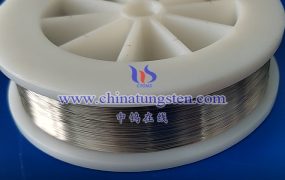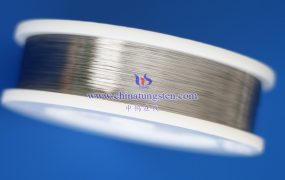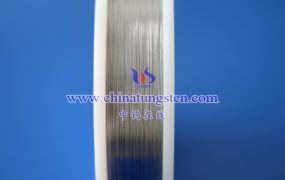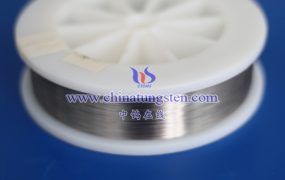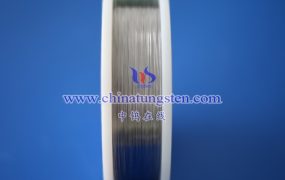To observe fatigue marks of tungsten wire through a microscope, the following steps and methods can be followed:
- Preparation stage
Sample preparation:
Cut a section of tungsten wire sample containing fatigue marks.
Properly clean the sample to remove dirt and impurities on the surface.
If necessary, the sample can be inlaid or clamped for easy observation under a microscope.
Select a microscope:
Choose a suitable microscope according to the observation requirements, such as an optical microscope (such as a metallographic microscope), a scanning electron microscope (SEM) or a transmission electron microscope (TEM).
Optical microscopes are suitable for observing the macroscopic morphology of the tungsten wire surface and preliminarily judging fatigue marks.
SEM and TEM are suitable for observing the microscopic morphology and detailed features of the tungsten wire surface, such as fatigue streaks, secondary cracks, etc.
- Observation stage
Optical microscope observation:
Place the tungsten wire sample under an optical microscope, adjust the magnification and focal length, and observe the macroscopic morphology of the tungsten wire surface.
Pay attention to looking for fatigue marks, such as cracks, deformation, etc., and record their location and characteristics.
SEM observation:
Put the tungsten wire sample in the SEM and adjust parameters such as magnification, focal length and voltage to obtain a clear image.
Observe the microscopic morphology of the tungsten wire surface, especially the detailed features such as fatigue streaks and secondary cracks.
Take photos or videos as needed for subsequent analysis and recording.
TEM observation (if more in-depth microscopic analysis is required):
Prepare ultra-thin tungsten wire sample slices, usually using ion beam thinning and other methods.
Put the sample slices into the TEM, adjust the magnification and focal length, and observe the microstructural changes inside the tungsten wire, such as dislocation movement, grain boundary changes, etc.
Analyze the relationship between these changes and fatigue traces to understand the microscopic mechanism of tungsten wire fatigue failure.
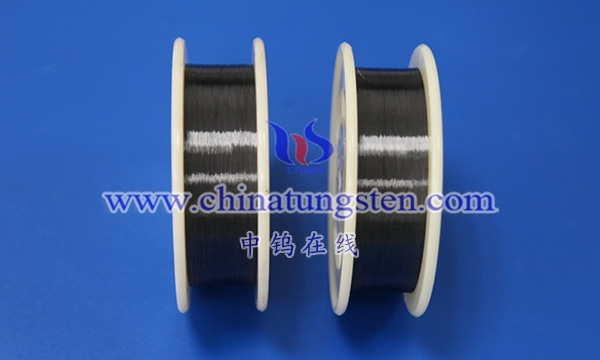
- Analysis stage
Image analysis:
Adjust the magnification, contrast and brightness of the images taken by SEM or TEM to observe the fatigue traces more clearly.
Use image analysis software to measure parameters such as the spacing of fatigue stripes, the length and width of cracks to evaluate the degree of fatigue.
Data recording:
Record the location, characteristics and parameters of all fatigue traces found during the observation process.
Combining these data with information such as the use history and working environment of the tungsten wire, analyze the causes and mechanisms of fatigue.
Report writing:
Write a detailed observation report based on the observation and analysis results.
The report should include sections such as observation methods, observation results, data analysis and conclusions.
More details of tungsten wires, please visit website: http://tungsten.com.cn/tungsten-wires.html
Please contact CHINATUNGSTEN for inquiry and order of tungsten needles:
Email: sales@chinatungsten.com
Tel.: +86 592 5129595

